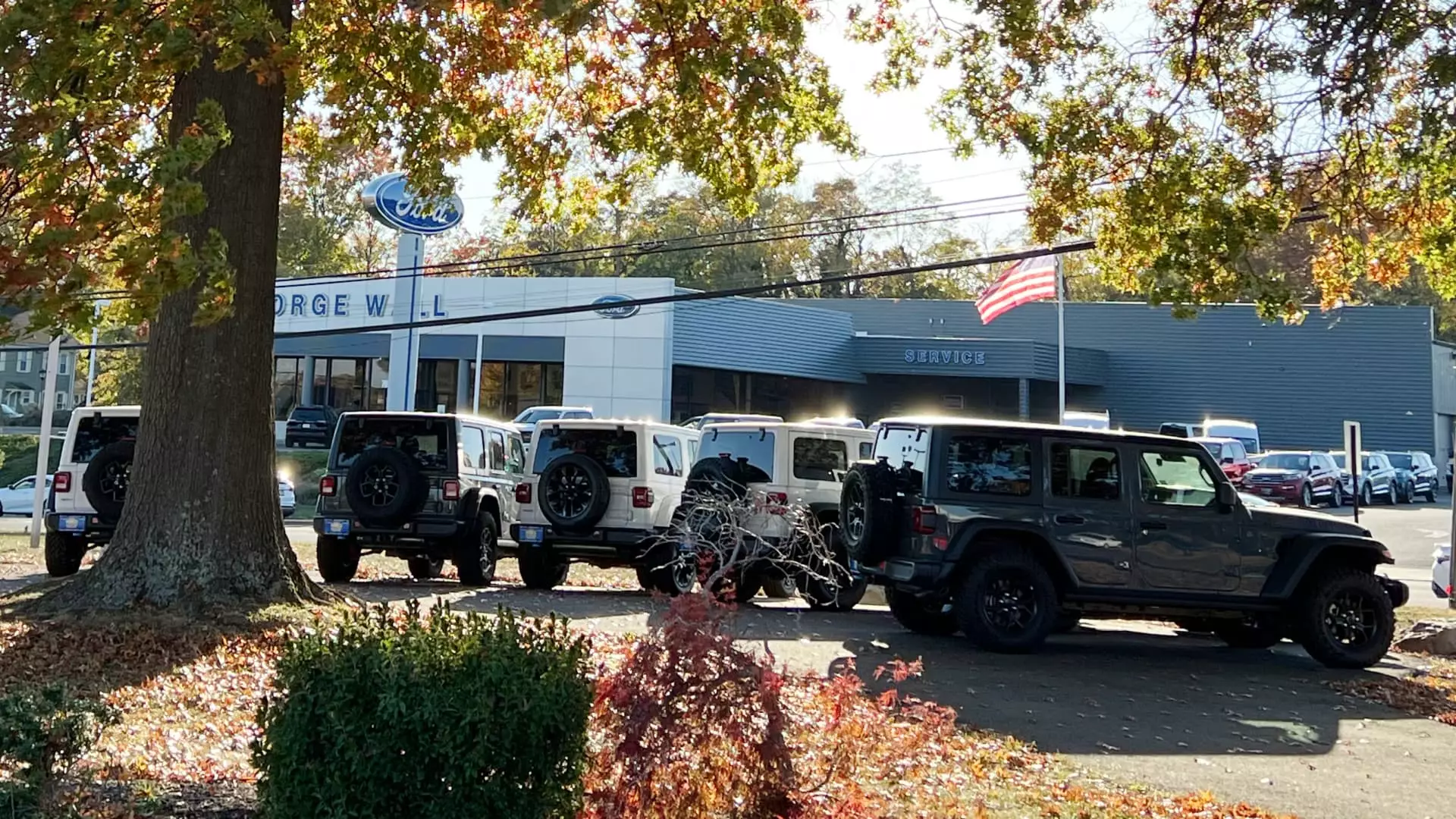When I think back to my teenage years, one of the most thrilling moments was purchasing my first car—a modest Toyota Tercel. It was a moment of pride: securing an asset under my own steam, a liberating experience that many teenagers cherish. The car, new yet affordable at a few hundred miles for under $10,000, opened a world of freedom to me—a culture of road trips and the camaraderie of friends. Fast forward three decades, and I find myself in a similar situation as my daughter approaches 17. I envisioned her earning her own independence through a comparable rite of passage. Yet, a disheartening realization awaited us: the landscape of the used car market had undergone a dramatic transformation.
The moment we ventured into searching for a vehicle, it became clear that the once accessible market now brims with staggering price tags. Experts have observed an astronomical shift in values; the average price of a used car currently sits around $25,361—an increase that’s shocking to anyone who hasn’t been in the market recently. A report from Cox Automotive reveals that the cost of vehicles, both new and used, has surged following the pandemic—a chain reaction that began with disrupted supply chains and escalating prices for both old and new autos.
Affordability, as it turns out, is now a significant hurdle for potential buyers. Lower-priced vehicles are scant at dealerships, forcing many to choose between overextending budgets or settling for something far from ideal. The situation for new vehicles is just as bleak. With the average transaction price reaching records above $47,000, it seems nearly unattainable to find a car priced under $30,000. It’s not surprising that 10% of current sales involve vehicles priced over $70,000—a steep rise from 3% just five years prior, painting a clear picture of how dramatically the automotive landscape has shifted.
In today’s market, an abundance of high-tech features has infiltrated car interiors, with amenities such as panoramic cameras, heated seats, and sophisticated infotainment systems becoming the norm rather than the exception. While these enhancements offer greater comfort and utility, they also inflate prices substantially. Ivan Drury, director of insights at Edmunds, emphasizes how the technological upgrades have advanced rapidly—the capabilities of modern cars are now akin to those of smartphones, possibly making affordability a diminishing prospect for young drivers.
This technological evolution directly impacts the younger demographic, who often seek affordable yet appealing options. For my daughter, a Jeep Wrangler emerged as her most coveted vehicle. Not only have these models sustained their value over time, but their rising demand has made older versions, especially those enriched with advanced features, scant. According to an analysis by iSeeCars, a decade-old Wrangler remains highly sought after, yet still commands an average price of over $23,000.
Given our search for a car that balances age, technology, safety, and—most importantly—price, we quickly understood the nuances of negotiating with dealerships. Although numerous platforms like Cars.com and Carvana provide expansive inventories, the prices remain elevated. To improve our chances of negotiating a fair deal, we shifted focus to local dealerships—a strategy that bore some fruit. Notably, a Jeep Chrysler Dodge dealership near our home offered two models from 2021 that aligned with our budget.
In the current climate, negotiating has transformed into a complex process. The vast access to information has led to more competitively priced sticker tags, diminishing the era when negotiation could relieve some sticker shock. As Drury pointed out, the transparency introduced by online pricing has reshaped the dynamics between buyers and dealerships, making it more challenging to broker deals as previously accomplished.
An essential aspect that many prospective buyers overlook is the enduring cost of vehicle ownership, especially when buying for adolescent drivers. Not only do the upfront expenses weigh heavily on budgets, but also, premium insurance rates for younger drivers compound these expenses. While seeking financing avenues can yield lower interest rates—averaging 8.21% currently—it’s crucial to consider all the financial implications associated with purchasing a first car.
As we ultimately concluded our search, it became blatant that we were to shell out significantly more than anticipated, paving the way for valuable lessons about financial planning, budgeting, and the reality of purchasing a car in today’s economic environment. For young drivers, the experience of buying their first car may still hold the same excitement, but the context in which this rite of passage occurs has shifted dramatically over recent years, reflecting broader changes in consumer culture and market dynamics.

